
5 Promising Developments in Childhood Epilepsy
Advances in treatment options for pediatric epilepsy offer a brighter future for kids in which medicine hasn’t worked.

My Child Had a Seizure. Do They Have Epilepsy?
Know what to do if your child has a seizure.
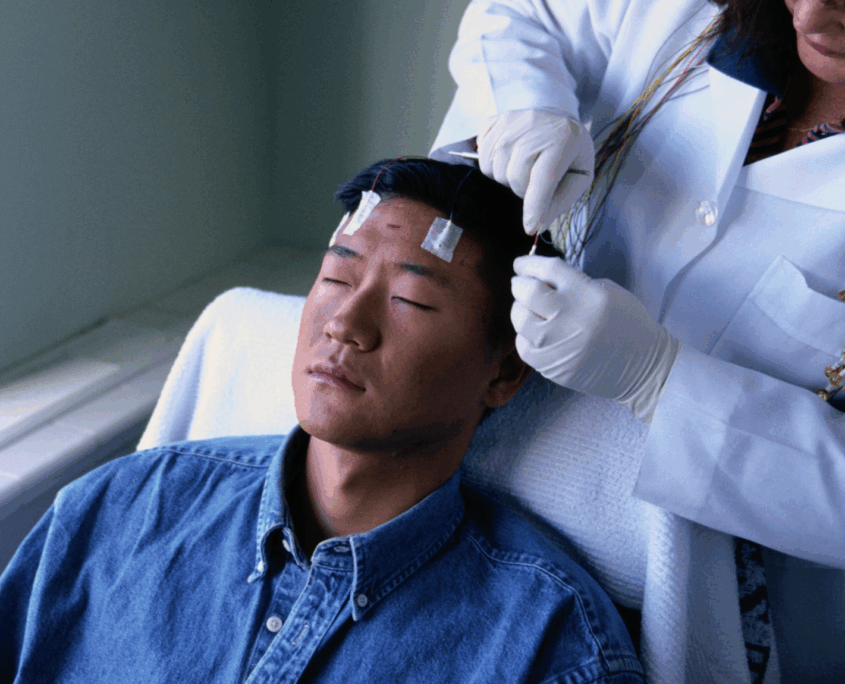
Beyond Medication: Hope & Innovation in Epilepsy Treatment
With more than 30 anti-seizure drugs available, “seizure-free without side effects” is a realistic possibility.
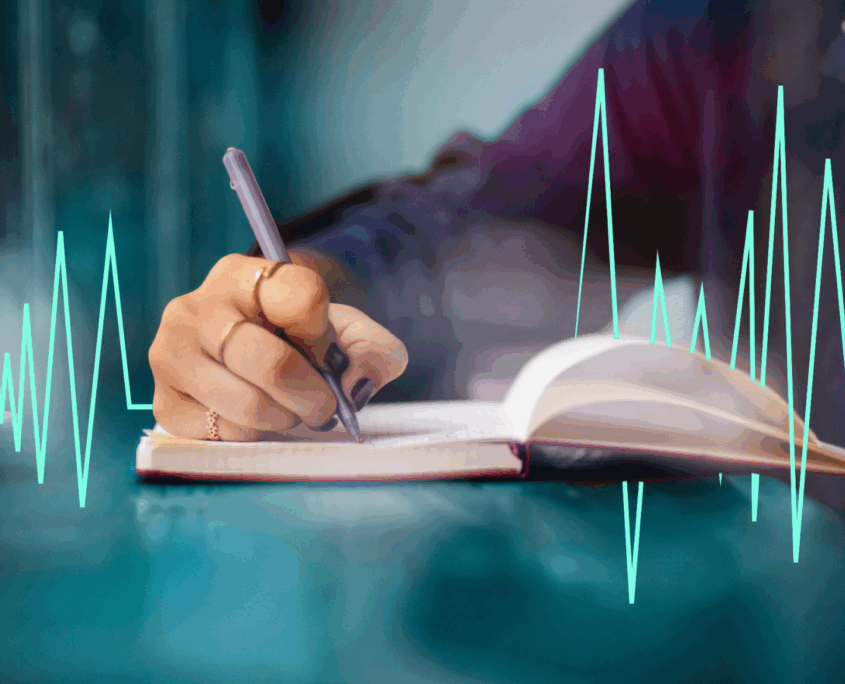
6 Ways to Better Manage Your Epilepsy
Even if you’re vigilant with your meds, there’s still more that you can do to manage your epilepsy.
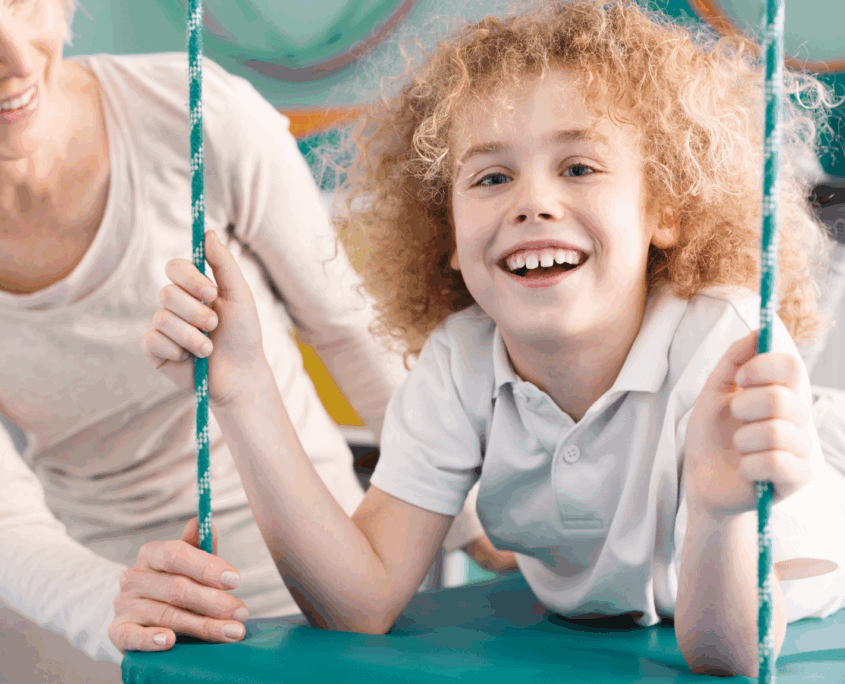
Autism Starts in Your Genes
A Q&A with autism researcher Daniel Geschwind, MD, PhD, about how autism spectrum disorders start in early pregnancy.
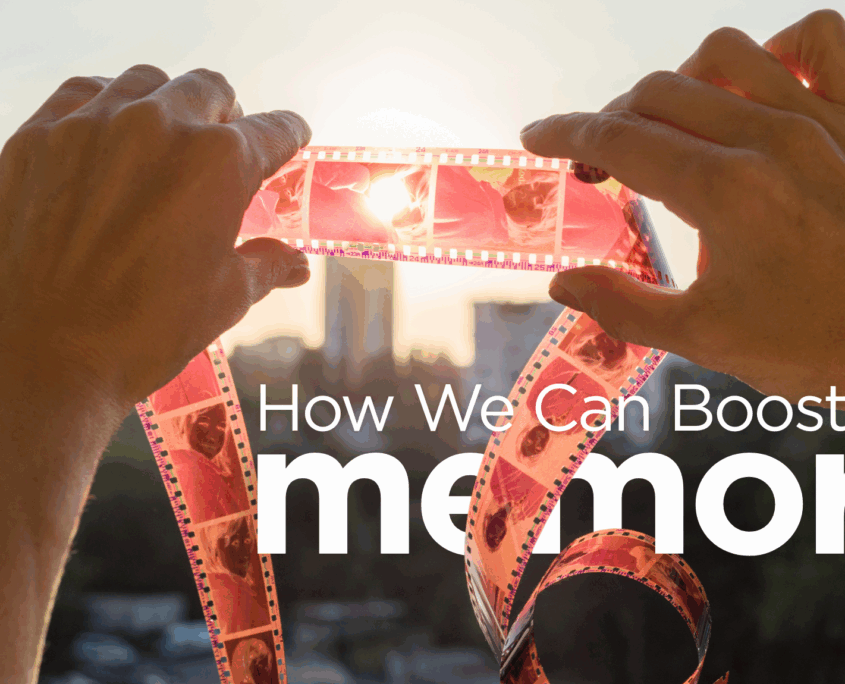
How Our Memory Makes Mistakes—and How We Can Improve It
A Q&A with Daniel L. Schacter, PhD, about “The Seven Sins of Memory” and how past memories influence future memories too.

Journalist Natalie Morales Uses Platform to Fight Alzheimer’s
A Q&A with Natalie Morales, an Alzheimer’s disease advocate inspired by her mother-in-law, Kay Rhodes.
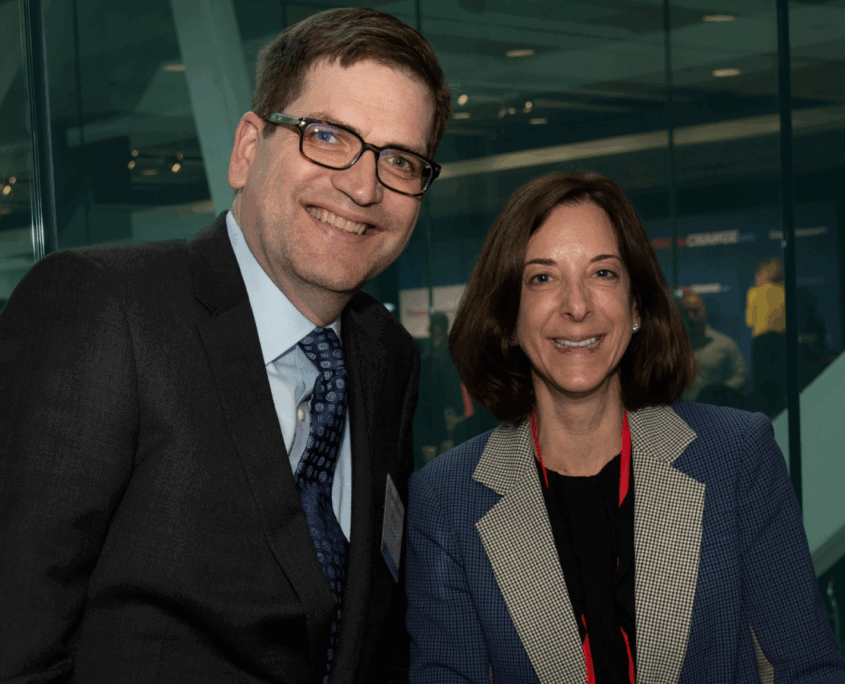
UsAgainstAlzheimer’s Tackles Alzheimer’s Disease Challenges
A Q&A with UsAgainstAlzheimer’s COO Russ Paulsen, about the funding fight, early detection and caregiving challenges.

Alzheimer’s Disease: New Drugs & Research Discoveries
Let’s explore what causes Alzheimer’s disease—and new drugs and promising research that can improve treatment.
